The Sushi Experience
Pushing the noren curtain aside and sliding the wooden doors, you step into a whole new world that you cannot imagine from the indiscernible entrance…

Pushing the noren curtain aside and sliding the wooden doors, you step into a whole new world that you cannot imagine from the indiscernible entrance…
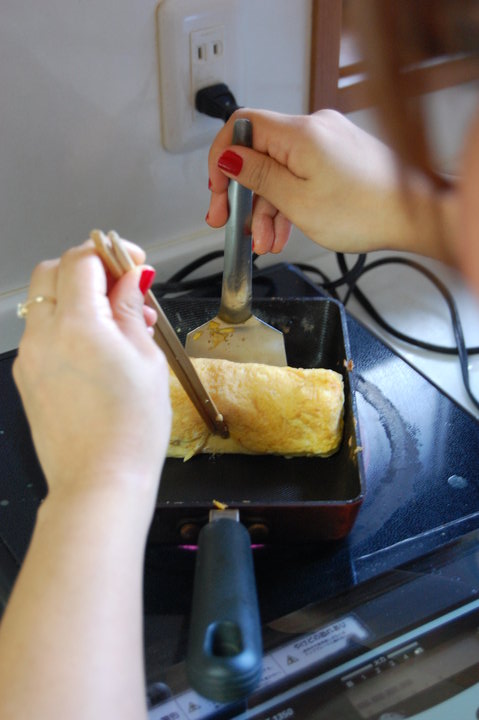
You cannot write for the Japanese culture and arts section and not address food. I’ve said this countless times, and as many of us who live in Japan know, food is such an important part of Japanese culture, both seasonally and traditionally.
This month was going to be an interesting post about using your rice cooker for various things that probably break the warranty, as demonstrated by the illustrious Roger Ebert in his book The Pot and How to Use It. Unfortunately, my quiche-making efforts were thwarted, so here’s one of my old standby recipes from the vault.

My brother came out over Christmas break, which mainly achieved two things:
It completely destroyed any hope I had of migrating to warmer climates for the 2 weeks. It gave me an excuse to do a lot of ramen-related traveling in the Kansai region.
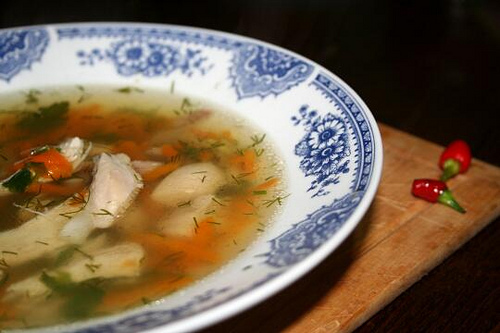
It’s the dead of winter here in Hyogo, and you all know what that means: influenza! Teaching is one of the absolute worst professions to be in come flu season, as teachers are surrounded by sniffling, coughing, plaguebearing students. I usually interact with between 140 and 200 students a day, and with the added strain of capering back and forth like a dancing monkey for their edutainment, my immune system can always use a boost. So aside from eating a sack of mikans every day, what’s a health-conscious ALT to do?
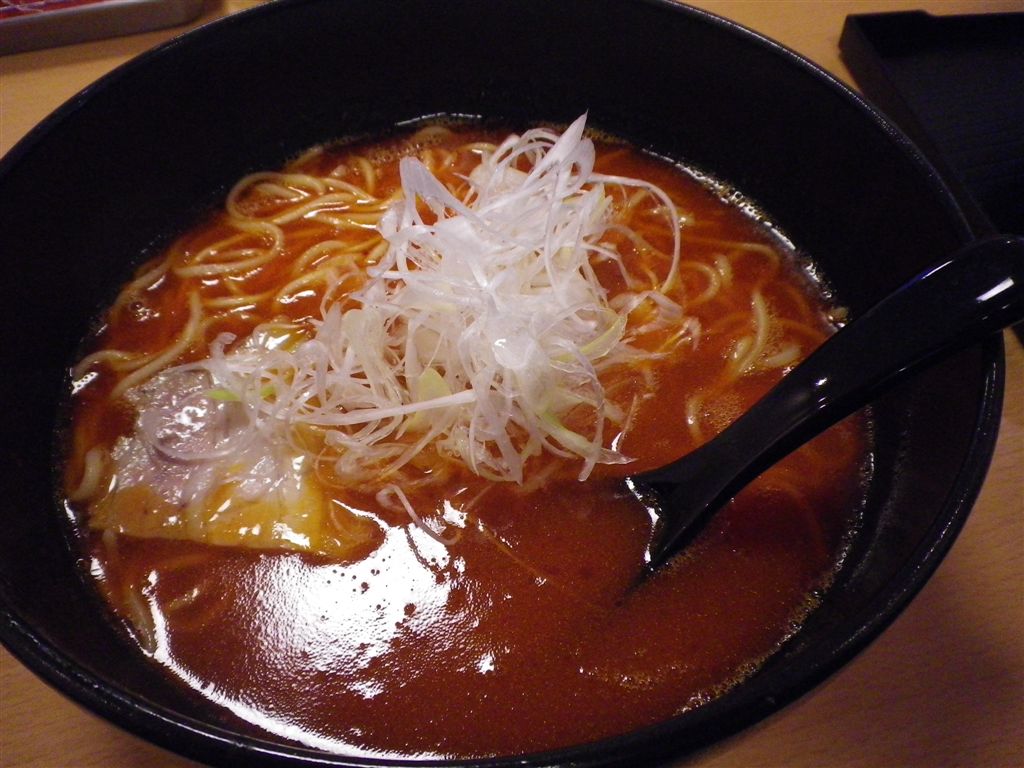
Hyogo has a ton of great food to offer, from fantastic Awaji onions to some truly succulent beef, but it doesn’t have a specific style of ramen as its own. Sapporo is king of miso, Fukuoka runs the tonkotsu game, and Kyoto boasts a thick, chicken based brew as the local choice. Shops all over Japan have variations on your typical shoyu or shio broths, with noodles varying in thickness, straightness, chewiness, color, and flavor.
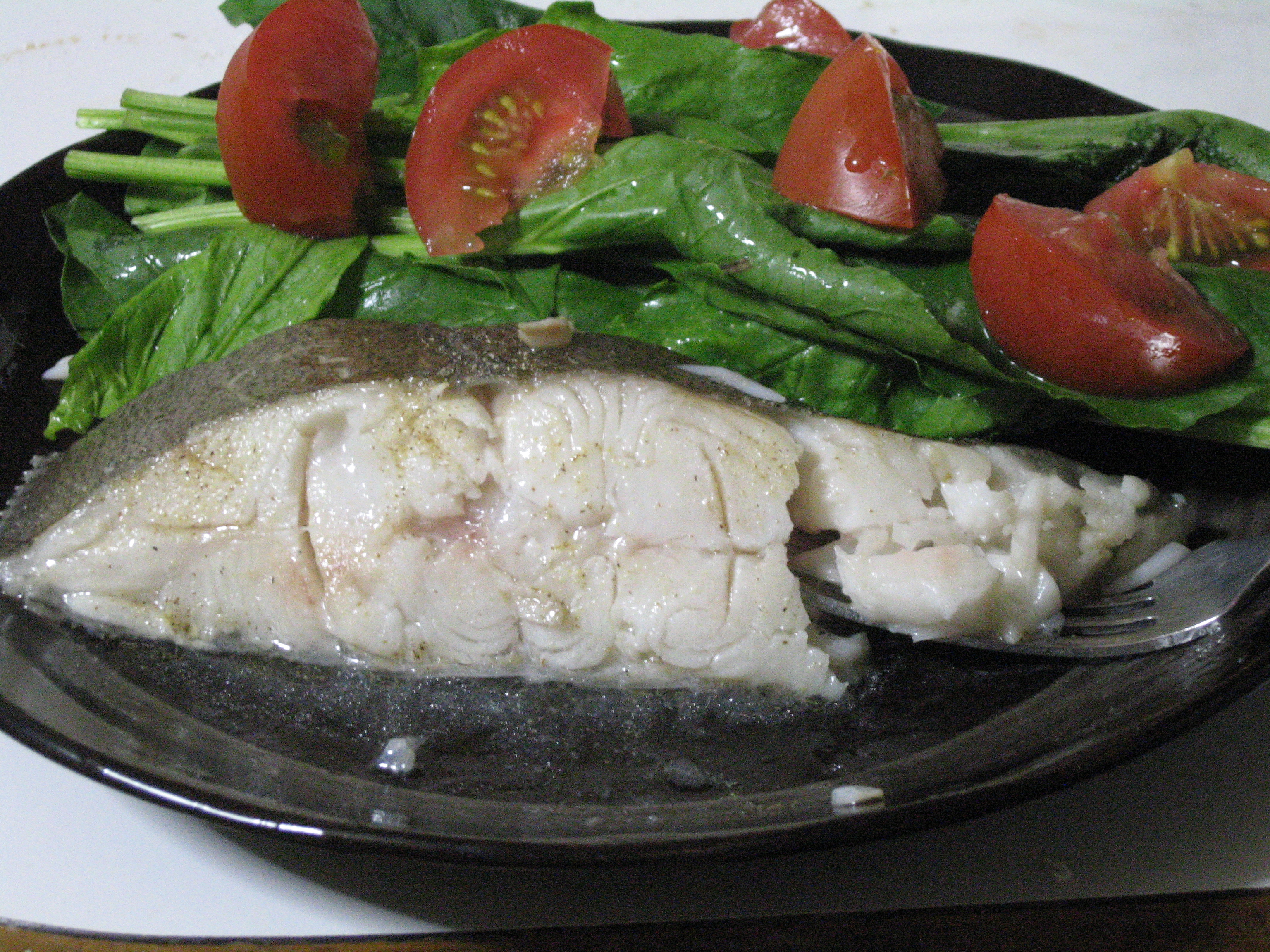
I did not know how to cook fish before coming to Japan, mostly because fish in Michigan is either dreadfully expensive or of very poor quality. In Japan, things are obviously different. Sure, Greenpeace would have you believe we’re over fishing the oceans and will run out of fish sometime this century, but I believe in moderation.
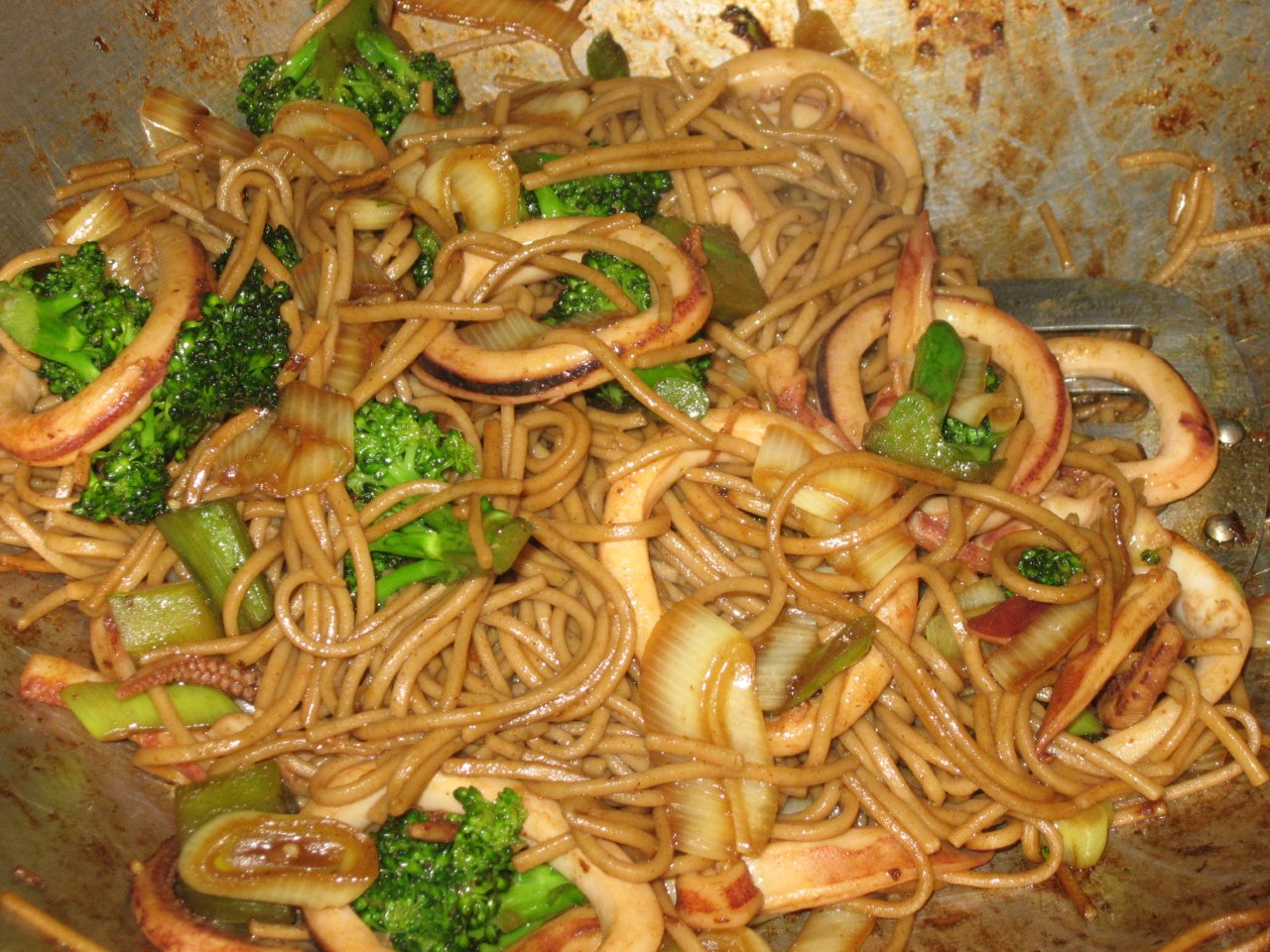
Traditional Japanese “springtime” recipes range from steamed sakura and rape blossoms to mackerel preserved in miso, to various attempts at making bamboo shoots edible. Personally, I’d rather leave the bamboo shoots for the pandas. So in this month’s issue, we’ll take advantage of a year-round ingredient you may not regularly use: fresh squid! If, like me, you don’t know how to clean your own squid, just buy some pre-cleaned. I strongly recommend fresh over frozen, though…

They came from far and wide to witness the grand display of the freshest, biggest and most delicious crab in all of Hyogo at the 19th Toyooka Tuiyama Port Crab Festival. Held by the Toyooka piers along the scenic Maruyama river, this popular winter festival attracted all types of people, including families, young students,senior citizens and yours truly—despite the early Sunday morning start (8:30 AM), the out-of-the-way location and the cold winter weather (5ã‚œC). “It was way too early for a matsuri,†said Kenny Wu, Toyooka City JHS ALT…